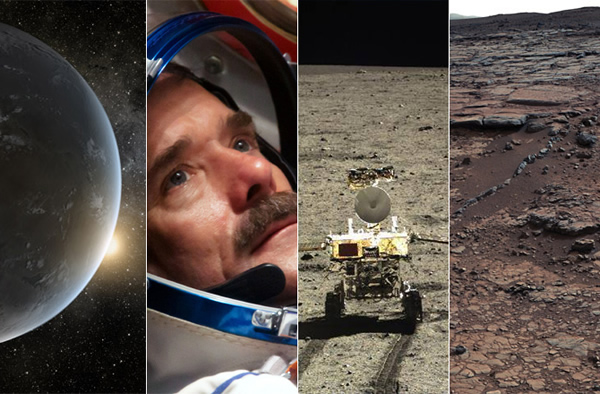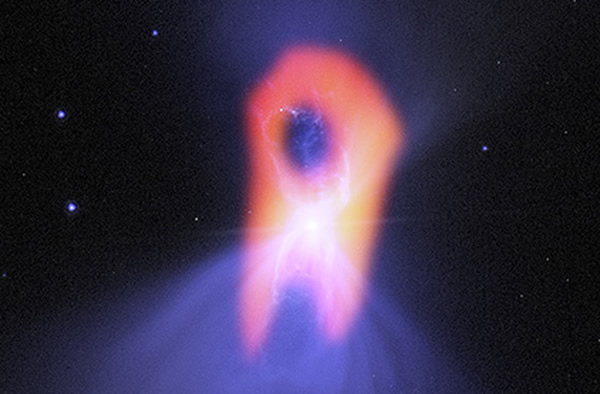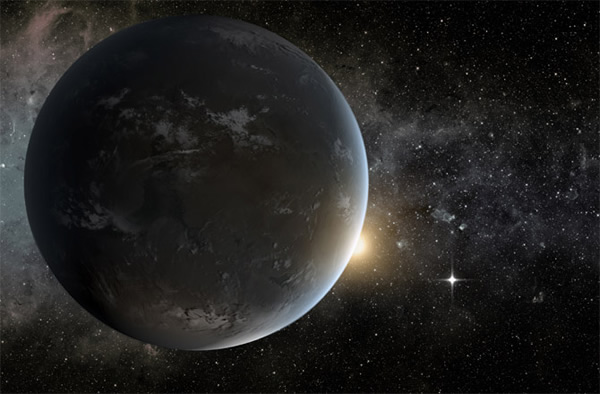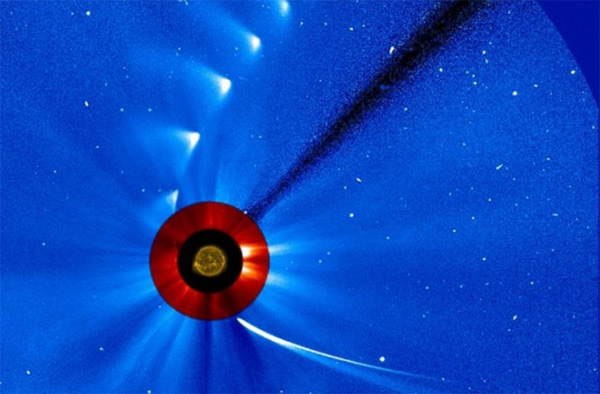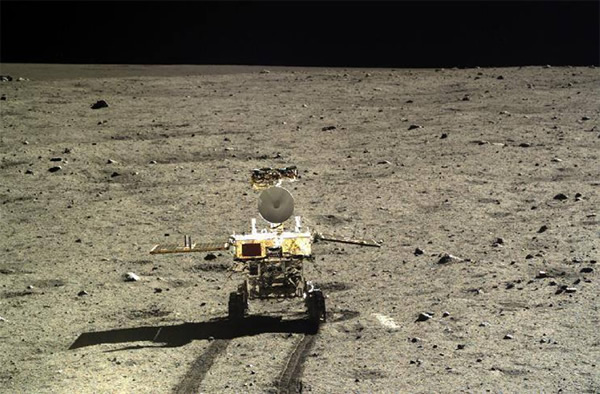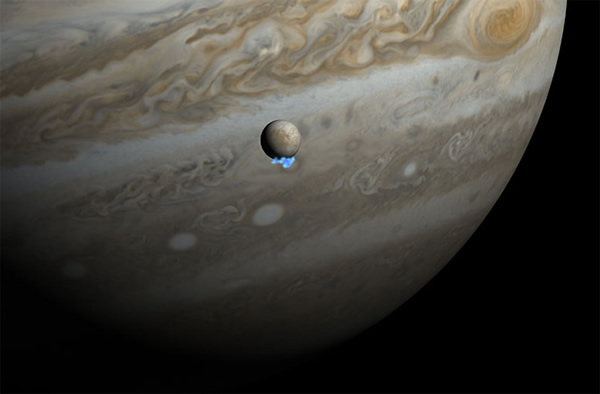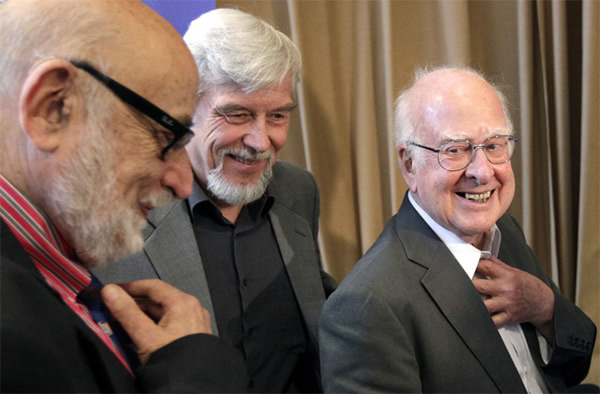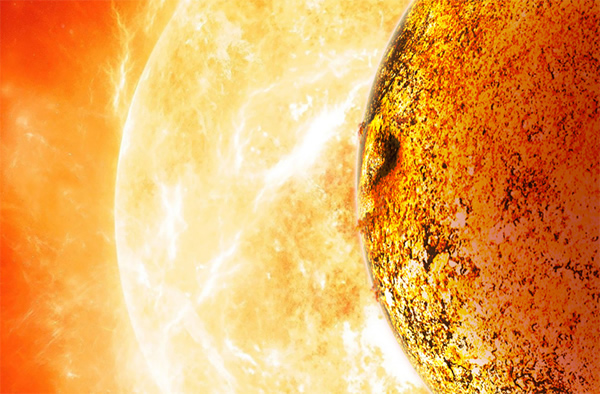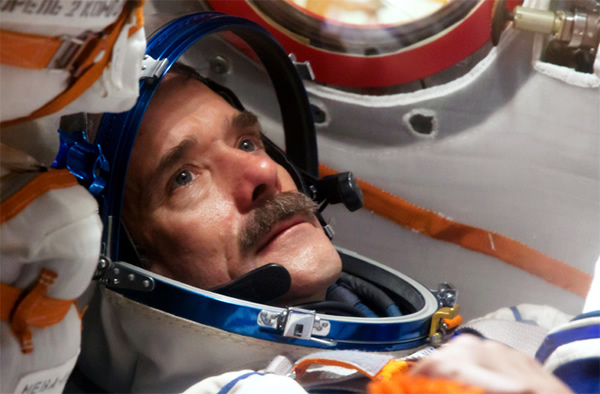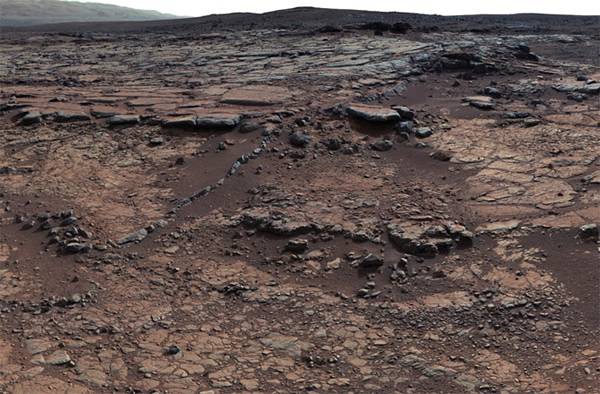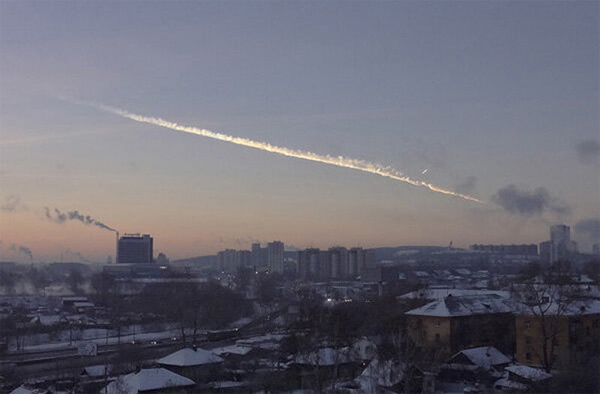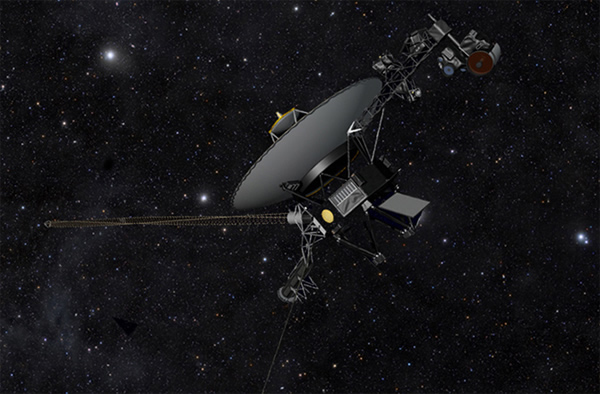Reader's Choice: Favorite Space Story of 2013
Nominations, Traffic, Votes: Your Favorite Stories
Every year at Discovery News we reach out to our loyal readers to find out what their favorite space stories were for 2013. These aren't necessarily the biggest science stories nor the biggest discoveries; they are the stories that engaged YOU over the past 12 months. 2013 has been nothing short of epic for adventures in space -- but after pooling your nominations and taking web traffic into consideration, you voted and there is a clear winner for the year. So, what was the "Reader's Choice: Favorite Space Story of 2013"? Read on to find out.
10: This is the Coldest Place in the Universe
How do you go about finding the coldest place in the universe? Well, it helps if you have a stonking great radio telescope to scan the skies. On Oct. 23, we reported on a chilly discovery by the Atacama Large Millimeter/submillimeter Array (ALMA) in Chile. ALMA had zeroed in on the Boomerang Nebula and gauged its temperature. Not only was the dark cloud of space dust cold, it was the coldest object ever spotted in the Cosmos, barely tipping the temperature scale at one Kelvin -- that's –458 degrees Fahrenheit or –272 degrees Celsius.
9: Our Galaxy Is Home to 10 Billion 'Habitable' Worlds
NASA's Kepler space telescope has literally transformed our understanding of planetary systems in our galaxy. Although the mission has suffered some serious setbacks this year, Kepler data continue to reveal smaller and smaller worlds circling their stars in orbits not too dissimilar to Earth's orbit around the sun. So that raises the question: How many 'habitable' worlds are out there? On Nov. 4, astronomers announced their answer: 10 billion. Yes, there are likely 10 billion habitable exoplanets in the Milky Way.
8: ISON: "Comet Of The Century"? Not So Much
Oh Comet ISON, what the heck happened?
In September 2012, Comet ISON was discovered by Russian astronomers and it was quickly revered as the "Comet of the Century." It was a virgin comet, fresh from the Oort Cloud, and it was destined to barrel past the sun to become one of the brightest objects in the sky. The world rallied behind the comet. Daily comet health updates read like war reports. The media cheered ISON on. As it got closer and closer to the sun everything was looking good! The comet was holding it together! It was going to make it! Until... it didn't. The Thanksgiving Day roast proved to be too much for this famous comet. Although there were signs that ISON's nucleus survived the encounter, the sun's extreme heat and tidal shear likely ripped it to shreds. This cosmic story may not have had a a happy ending, but ISON was no turkey; it was mainstream news for months, proving that mankind's fascination with astronomy is alive and well.
7: China Lands (Softly) on the Moon
On Dec. 14, China became only the third nation ever to softly land a robot on the moon, a feat that hasn't been achieved since the Soviet Luna 24 sample return mission in 1976. The mission, Chang'e 3, lowered its six-wheeled rover, "Yutu" ("Jade Rabbit"), to the lunar surface, where it's currently taking a spin in the lunar regolith. Jade Rabbit expected to carry out science for at least 3 months.
6: Hubble Spots Plumes of Water Vapor Over Europa
Few worlds inspire the imagination quite like Europa, one of Jupiter's largest moons. The icy crust protects a sub-surface ocean of liquid water, heated from the inside by tidal interactions with the gas giant. Spectroscopic observations of Europa's ice reveal a dynamic interplay between the ocean and surface, leading to the theory that nutrients and oxygen can be cycled down below. All these factors have led astrobiologists to call for a mission to the moon; a mission that could reveal a Europan biosphere -- potentially hosting complex organisms. Now, in new observations by the Hubble Space Telescope, plumes of water vapor have been discovered venting into space. Wouldn't it be awesome if we could fly a spacecraft through that plume to see if any biological material has hitched a ride? Sadly, NASA's planetary sciences budget has been slashed, likely sidelining that bold idea for many years to come.
Editor's Choice: Higgs Boson Confirmed, Physicists Win Nobel
In a "Reader's Choice" first, I'm exercising my editorial muscle and including a multidecade story that reached its satisfying conclusion this year -- one of my favorite stories of 2013.
The hunt for the Higgs Boson, the "last" component of the Standard Model of physics, came to an end in March when physicists analyzing data from the Large Hadron Collider, near Geneva, Switzerland, confirmed that the particle had been discovered. This concluded the "99 percent certainty" discovery announcement of July 2012 that the particle was, without a shadow of a doubt, the Higgs boson. The Higgs boson is the "exchange particle" that mediates the Higgs field, endowing all matter in the universe with mass. The discovery quickly led to the original Higgs boson theoretical physicists -- Francois Englert of Belgium (pictured here, left) and Peter Higgs of the United Kingdom (right) -- being awarded the 2013 Nobel Prize for Physics.
From Higgs field theory in the 1960s, to the construction of the most complex machine humans have ever conceived (the LHC), to the boson's ultimate discovery, it's one of the biggest discoveries and most fascinating physics journeys of our time.
5: Kepler-76b: The Exoplanet that Shouldn't Exist
The Kepler Space Telescope has discovered some weird exoplanets, worlds that are rewriting well-established planetary formation theories. However, the "Award for Weirdest" will likely go to Kepler-76b, the exoplanet that shouldn't even exist. It's small, it's rocky and it orbits its star every 8.5 hours. The location for this hot lava world has astronomers scratching their heads -- how could a world only 20 percent bigger than Earth have formed so close to a star?
4: Chris Hadfield
As the first Canadian to command the International Space Station (ISS), astronaut Chris Hadfield had more than his fair share of responsibilities on the orbiting outpost. But that didn't stop the Ontario native from sharing his awesome experiences with Earth. For his infectious enthusiasm for bringing orbital sciences down to Earth during his five-month stay on the ISS, engaging millions in the process and starring in the first ever space music video, Discovery News selected Hadfield for the first ever "2013 DNews Person of the Year."
3: Mars Rover Curiosity Discovers Ancient Habitable Lakebed
NASA's Mars rover Curiosity continues to blow us away with the incredible science it's doing in Gale Crater, gradually unraveling the mysteries of the Red Planet's habitable past one rock at a time. But on Dec. 9, mission scientists announced a groundbreaking discovery: the rover had uncovered an ancient lake bed that would have once been perfectly suited for colonies of simple, rock-eating microbes found in caves and hydrothermal vents on Earth. Although Mars roving is taking its toll on the robot's wheels, we can expect many more incredible science discoveries in the months and years to come.
2. Russia Gets Hit By Huge Meteor
This date -- Feb. 15, 2013 -- will be a date forever remembered as when Earth suffered a cosmic flesh wound. During the chilly morning commute in the city of Chelyabinsk, Russia, a fireball -- or "superbolide meteor" -- lit up the sky, outshining the dawn sunlight. The fireball was caused by a 12,000–13,000 ton asteroid slamming into our atmosphere at 60 times the speed of sound. The shockwaves generated by the atmospheric impact caused 1,500 injuries (mainly from blown-out windows) and cost millions of dollars in property damage. The Russian meteor event -- the largest in modern history and the first documented case of a large fireball explosion over a populated region -- strengthened arguments for improved asteroid impact mitigation strategies. The Chelyabinsk event proved that it's not a matter of if, it's a matter of when we'll get hit again.
1: Voyager 1 is Now an Interstellar Mission
Finally, Voyager 1 has gone interstellar! After 35 years and 13 billion miles, scientists announced on Sept. 12 that the veteran spacecraft has left the heliosphere -- the sun's sphere of magnetic influence -- and entered interstellar space. This is the first man made spacecraft to ever achieve such a feat, officially making us a civilization that has the technology to explore the universe beyond our interplanetary front door. This achievement appears to have inspired our readers, propelling it to the #1 spot of this year's "Reader's Choice."
As Voyager 1 (and her sister spaceship Voyager 2) are showing us, space is vast. But they also prove that accessing the space between the stars is not an impossible task. But if we are to become a true interstellar race, we'll need a faster mode of transportation before we realize our star-trekking dreams.
